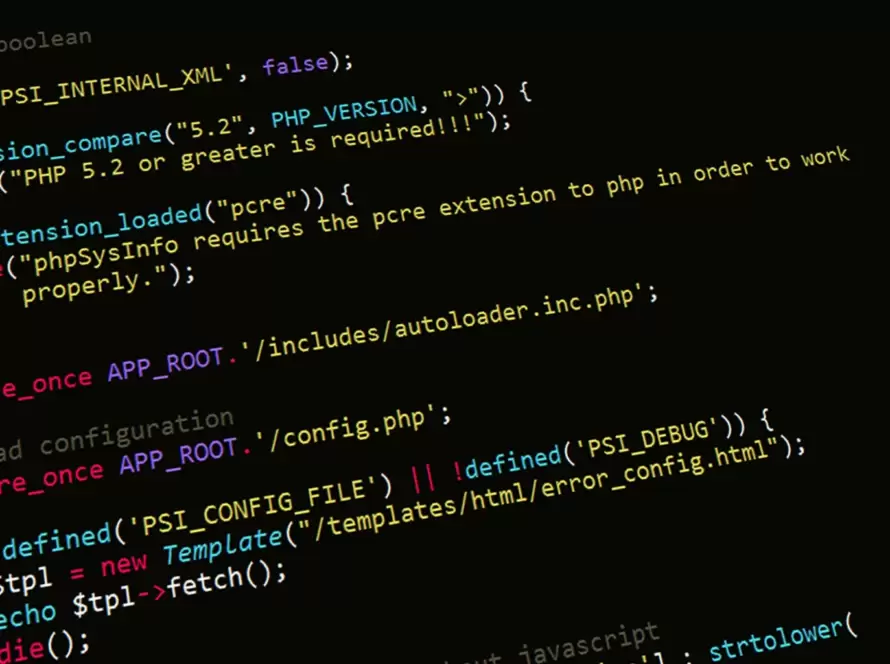Generated by Contentify AI

In today’s digital landscape, having a strong understanding of HTML (Hypertext Markup Language) is essential for anyone involved in web development or content creation. HTML provides the foundations upon which websites are built, and one crucial aspect of HTML is semantic markup. In this blog post, we will introduce you to the world of HTML semantic markup and discuss its importance in creating accessible and well-structured web content.
Semantic markup refers to the practice of using HTML tags in a way that accurately represents the meaning and structure of the content they encapsulate. By using semantic markup, you are not only creating a visually appealing website but also improving its accessibility and search engine optimization (SEO) potential.
One of the significant advantages of semantic markup is its impact on accessibility. Semantic HTML tags provide meaningful information to assistive technologies, such as screen readers, allowing individuals with disabilities to consume web content more effectively. By clearly defining the purpose and structure of your content, you enable these assistive technologies to navigate and present the information in a logical manner.
Furthermore, search engines often rely on the structure and meaning of your HTML markup to understand and index your web pages effectively. Semantic markup allows search engines to grasp the context and relevance of your content, potentially improving your website’s ranking in search engine results. With the right use of semantic tags, you can guide search engines towards identifying the most important information on your page, thus increasing your chances of attracting organic traffic.
In conclusion, understanding and implementing semantic markup in your HTML coding is crucial for not only creating visually appealing websites but also ensuring accessibility and improving search engine visibility. By utilizing semantic markup, you can establish a solid foundation for your website, enhance the user experience, and increase your chances of success in the digital world. Stay tuned for future blog posts, where we will dive deeper into specific semantic HTML elements and how to use them effectively.



